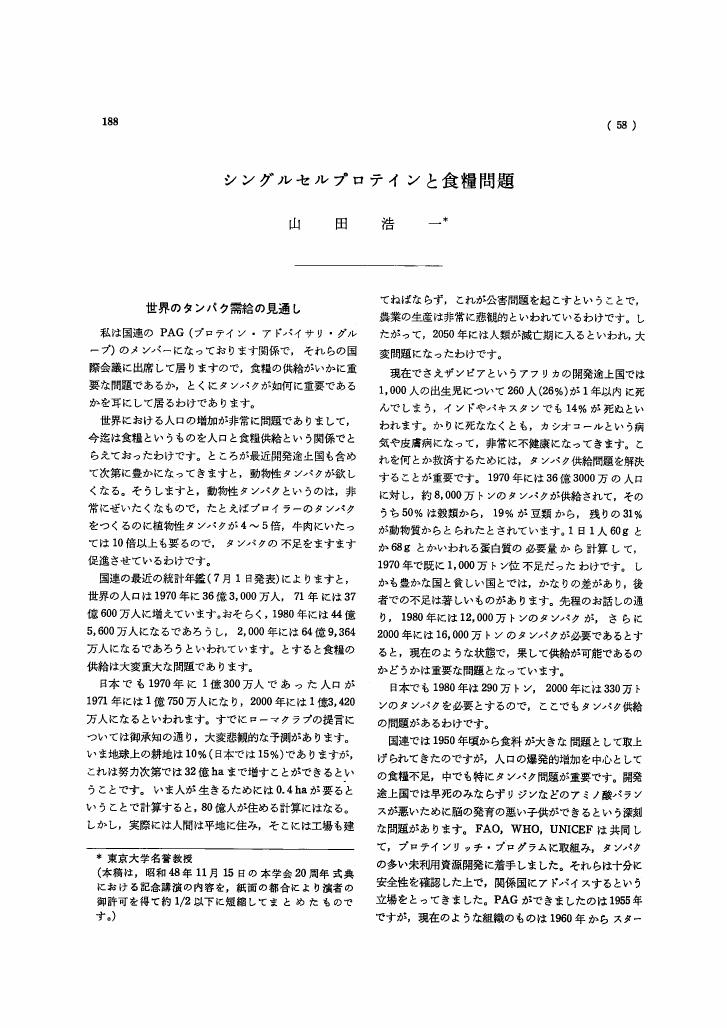2 0 0 0 OA ミストサウナ浴が頭皮血流量へ及ぼす影響
- 著者
- 山田 浩一郎 清水 富弘
- 出版者
- 一般社団法人 日本温泉気候物理医学会
- 雑誌
- 日本温泉気候物理医学会雑誌 (ISSN:00290343)
- 巻号頁・発行日
- vol.71, no.3, pp.167-172, 2008 (Released:2010-04-30)
- 参考文献数
- 14
- 被引用文献数
- 1
PurposeIn recent years, relatively high humidity (100%) and low temperature (40°C) sauna systems called mist saunas have become popular for homes. It is reported that the impact of differing bathing conditions-namely tub bathing and mist sauna bathing-on the circulation of blood in the scalp have been verified in order to clarify the effects of mist sauna on scalp hair: a characteristic of concern to many men.MethodThe testing was performed on 8 healthy men in their twenties (average age: 23.6, average weight: 61.8kg, average height: 166cm). Bathing conditions were mist sauna at 40°C for 10 minutes and full body bathing at 40°C for 10 minutes. Blood circulation in the scalp was observed at the top of their heads using a laser Doppler blood flow meter attached to head gear. At the same time, the skin temperature and local perspiration on their foreheads were measured.Results and conclusionsImmediately after beginning bathing, the blood flow rose significantly higher during full body bathing than during the mist sauna. No change was observed as full body bathing continued, but during the mist sauna, the blood flow gradually increased until ultimately the blood flow was much higher during the mist sauna than during full body bathing. Based on this result, it is assumed that the increase of scalp blood flow during full body bathing was caused by hydrostatic pressure, and the increase caused by the mist sauna was the result of the heat effects.
2 0 0 0 OA 食中毒菌に対する香辛料の抗菌活性とその利用法の検討
- 著者
- 尾立 純子 石井 営次 山田 浩一
- 出版者
- 一般社団法人 日本調理科学会
- 雑誌
- 日本調理科学会誌 (ISSN:13411535)
- 巻号頁・発行日
- vol.33, no.3, pp.358-364, 2000-08-20 (Released:2013-04-26)
- 参考文献数
- 26
This study was carried out to clarify the antibacterial effects of spices and their ethanol extracts(1g/10m/).Salmonella enteritidis and Escherichia coli strains did not grow after exposure for 120 seconds in water containing the ethanol of clove at more than 8%, and S. entertidis and methicilin-resistant Staphylococcus aureus (MRSA) strains did not grow under the same conditions in water containing the extract of oregano. On the other hand, the aqueous solution containing the 8% extract of rosemary inactivated MRSA with 10 seconds of exposure. The ethanol extract of rosemary among the eight spices tested in this study showed the strongest antibacterial activity against the food-poisoning bacteria.Bacillus cereus did not grow when exposed for 120 seconds in water containing the extract of rosemary at more than 80%.The sensory evaluation by young women panelists showed a preference for chicken seasoned with allspice to over all the other tested powdered spices, this being followed by nutmeg and marjoram preference. Chicken seasoned with ethanol extracts of oregano and sage were preferred over the other extracts. These results were statistically analyzed by the Spearman or Kendall method.
1 0 0 0 OA シングルセルプロテインと食糧問題
- 著者
- 山田 浩一
- 出版者
- 社団法人 日本食品科学工学会
- 雑誌
- 日本食品工業学会誌 (ISSN:00290394)
- 巻号頁・発行日
- vol.21, no.4, pp.188-195, 1974-04-15 (Released:2009-04-21)
- 被引用文献数
- 1
1 0 0 0 OA 市販飲料のビタミンC含有量とその分析法について
- 著者
- 中間 昭彦 山田 浩一
- 出版者
- (社)大阪生活衛生協会
- 雑誌
- 生活衛生 (ISSN:05824176)
- 巻号頁・発行日
- vol.41, no.5, pp.183-188, 1997-09-30 (Released:2010-03-11)
- 参考文献数
- 9
We determined the amount of ascorbic acid (AsA) in 31 commercial non-alcoholic beverages sold in Osaka City, Japan. AsA was analyzed by high performance liquid chromatography (HPLC) using a LiCrosorb 100 NH2 column and 3mM ammonium phosphate/acetonitrile (30:70) as mobile phase. Concentrated-restored fruit juices contained 210-470μg/ml AsA, more than natural fruit juices (110-140μg/ml). The content of AsA in tea drinks was similar to that in concentrated-restored fruit juices at 290-360μg/ml. Furthermore, beverages prepared from natural materials such as orange juices or green tea showed differing AsA content between different product lots.To estimate the difference between AsA analytical methods, we used 5 AsA analytical methods, HPLC, the indophenol titrimetric method, the dinitrophenylhydrazine method, the fluorometric method, and the enzymic method. In green tea, the enzymic method showed the minimum reading, which was 80% of that found using the indophenol titrimetric method, which showed the maximum. The AsA content of concentrated-restored fruit juices varied widely according to method. The dinitrophenylhydrazine and enzymic methods showed significant difference from other methods; in particular, the enzymic method showed 1.8-2.9 -fold higher AsA content than HPLC. The AsA content of natural fruit juices showed no appreciable difference between methods. These findings suggest that the enzymic method cannot determine accurately the AsA content of concentrated-restored fruit juices. Whether a fruit juice is concentrated-restored or natural can probably be distinguished by the difference in AsA content using the enzymic and HPLC methods.
